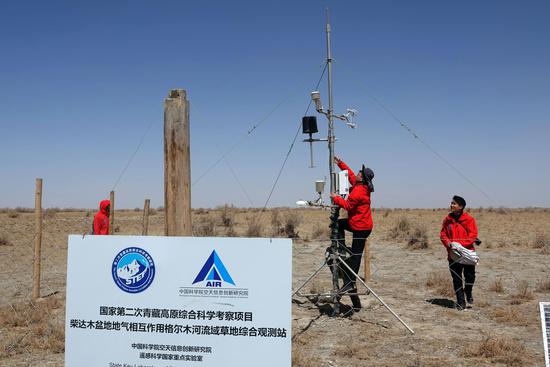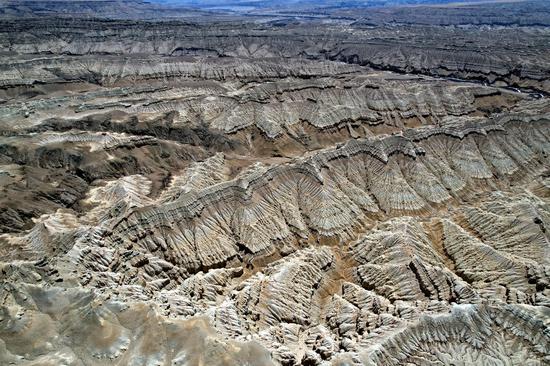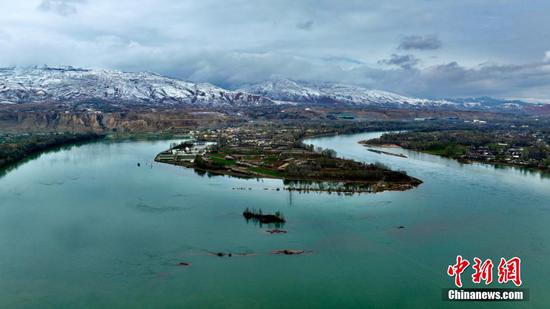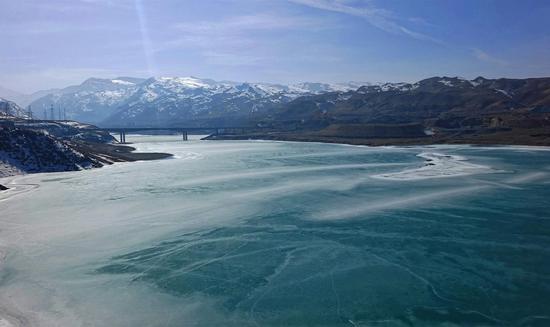Air quality in Shanghai and its surrounding areas in the Yangtze River Delta had gradually returned to normal by Wednesday afternoon after a dust storm swept across the region starting on Tuesday night.
Weather China showed the density of PM10 — inhalable particles with diameters of 10 micrometers or less — reached a peak concentration of 803 micrograms per cubic meter at around 10 pm on Tuesday in Shanghai.
The dust storm, the tail effect of a sandstorm that originated in Mongolia on Sunday, caused a spike in air pollution in the region.
At 2 pm the PM10 in Shanghai had fallen to 286 mcg/cubic m, while the air quality index stood at 168. The PM10 index in Hangzhou, Zhejiang province reached 438 mcg/cubic m, while Nanjing, Jiangsu province reached 390, and Hefei, Anhui province reached 574.
"I felt slightly uncomfortable breathing last night, and I wore a mask when going out today," said Shanghai resident Zhang Mengli on Wednesday, adding that the sunlight outside looked great, but the dust in the air could be clearly seen.
After the AQI rose to 500 at 9 pm on Tuesday, some netizens claimed that it was the first time they had seen such poor air conditions in the city, and others were worried about the impact of sandstorms.
The Weibo account of the Shanghai Meteorological Service stated that due to the lack of sand sources nearby, there would be no sandstorms and only floating dust.
Affected by cold fronts and heavy winds, the sandstorm caused heavy airborne pollution and low visibility.
After affecting the northern regions of the country, the floating sand and dust swept across most of Henan, Shandong, and north Anhui and Jiangsu provinces on Tuesday, with the peak concentration of PM10 reaching 2,195 mcg/cubic m in Linyi, Shandong province, according to the National Meteorological Center.
"Overall, the main impact area of this sandstorm is still concentrated north of the Yangtze River. However, the strong intensity and the transport effect of high-altitude northward airflow transported the sandstorm southward to the northern regions of Zhejiang or Hunan. But the impact is not significant," said Gui Hailin, chief forecaster at the National Meteorological Center.
Gui explained that while sandstorms generally hit northern areas, it was not uncommon for sandstorms to affect the southern part of the country.


















































 京公网安备 11010202009201号
京公网安备 11010202009201号